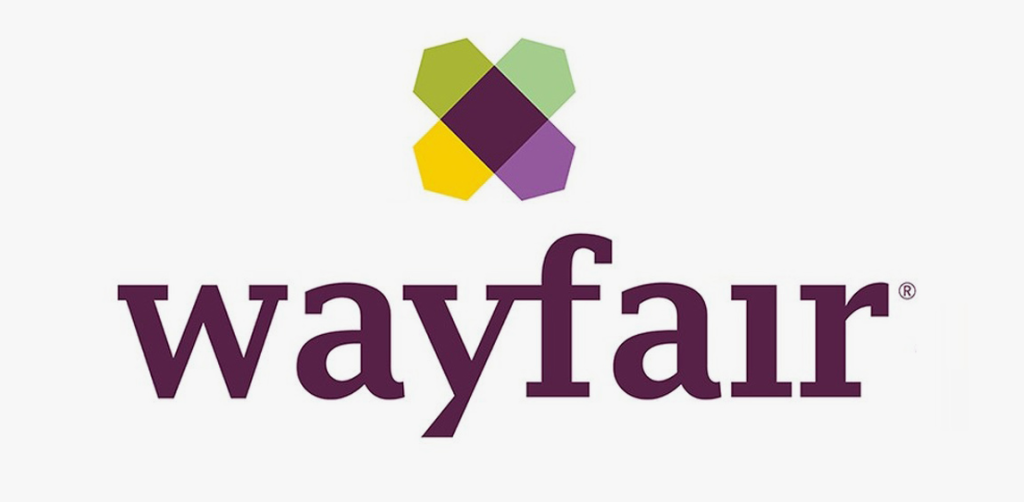Founded in 2002 by Niraj Shah and Steve Conine, Wayfair is a prominent e-commerce company specializing in home goods and furniture. Headquartered in Boston, Massachusetts, Wayfair initially operated as a collection of niche websites before consolidating under the Wayfair brand. The company has since expanded its offerings to include a vast array of home furnishings, décor, and appliances. With a user-friendly interface and a focus on customer service, Wayfair has garnered a large customer base across the United States and internationally. As of recent data, Wayfair continues to grow its presence in the e-commerce market, positioning itself as a leading destination for home goods shopping.

How to Sell Products on Wayfair
Wayfair is one of the largest online destinations for home goods, offering customers a wide range of furniture, décor, housewares, and more. As a seller, getting your products on Wayfair can significantly boost your business by exposing your products to millions of potential buyers. This guide will provide you with a comprehensive overview of how to become a Wayfair seller, the requirements, the benefits, and a step-by-step process to get started.
Why Sell on Wayfair?
Benefits of Selling on Wayfair
- Large Customer Base
- Access to millions of potential customers.
- Established brand trust.
- Marketing and Promotion
- Wayfair’s marketing strategies drive traffic.
- Opportunities for product promotions and deals.
- Comprehensive Seller Support
- Dedicated account managers.
- Seller resources and training.
- Logistics and Fulfillment Support
- Wayfair handles customer service and returns.
- Options for Wayfair’s logistics services.
Getting Started with Wayfair
Eligibility Requirements
- Product Categories
- Home goods, furniture, décor, housewares, etc.
- Adherence to Wayfair’s product quality standards.
- Business Requirements
- Valid business registration.
- Necessary business licenses and tax IDs.
- Inventory and Fulfillment
- Ability to manage inventory levels.
- Capability to fulfill orders promptly.
Application Process
- Initial Inquiry
- Submit a seller inquiry form on Wayfair’s website.
- Provide information about your business and products.
- Seller Evaluation
- Wayfair reviews your application.
- Potential request for additional information or samples.
- Approval and Onboarding
- If approved, proceed with the onboarding process.
- Assigning an account manager.
Setting Up Your Seller Account
Creating Your Seller Profile
- Business Information
- Enter detailed business information.
- Include business name, address, and contact details.
- Banking Information
- Set up your payment method.
- Provide bank account details for payouts.
- Tax Information
- Submit necessary tax documentation.
- Compliance with tax regulations.
Product Listings
- Product Data Sheets
- Fill out product data sheets accurately.
- Include product names, descriptions, and specifications.
- High-Quality Images
- Upload high-resolution product images.
- Use various angles and lifestyle images.
- Pricing and Inventory
- Set competitive pricing.
- Regularly update inventory levels.
Navigating Wayfair’s Seller Tools
Wayfair Partner Portal
- Dashboard Overview
- Understanding the main dashboard.
- Key metrics and performance indicators.
- Order Management
- Tracking orders and shipment status.
- Handling cancellations and returns.
- Analytics and Reporting
- Sales reports and performance metrics.
- Customer feedback and reviews.
Wayfair Logistics Network
- Wayfair Delivery Network (WDN)
- Advantages of using WDN.
- Enrollment process and requirements.
- Fulfillment Options
- Direct fulfillment vs. Wayfair managed logistics.
- Shipping and handling guidelines.
Optimizing Your Sales on Wayfair
Marketing and Promotion
- Sponsored Products
- Setting up and managing sponsored ads.
- Budgeting and targeting strategies.
- Deals and Discounts
- Creating promotional campaigns.
- Seasonal sales and clearance events.
- Content Marketing
- Leveraging Wayfair’s content opportunities.
- Product guides, lookbooks, and articles.
Customer Service Excellence
- Timely Responses
- Quick and professional customer support.
- Handling inquiries and complaints.
- Return and Refund Policies
- Clear return policies.
- Efficient handling of returns and refunds.
- Building Customer Loyalty
- Encouraging positive reviews.
- Providing exceptional service.
Scaling Your Business on Wayfair
Expanding Product Range
- Market Research
- Analyzing market trends.
- Identifying high-demand products.
- Product Development
- Sourcing new products.
- Enhancing existing product lines.
- Cross-Selling and Upselling
- Bundling products.
- Offering complementary items.
International Sales
- Global Shipping
- Understanding international shipping requirements.
- Customs and duties management.
- Localizing Listings
- Translating product descriptions.
- Adapting to local markets.
- Compliance with Local Regulations
- Meeting international standards.
- Legal and tax considerations.
Common Challenges and Solutions
Inventory Management
- Stock Levels
- Maintaining optimal stock levels.
- Avoiding overstock and stockouts.
- Automated Systems
- Implementing inventory management software.
- Real-time inventory tracking.
- Supply Chain Issues
- Managing supplier relationships.
- Contingency planning for disruptions.
Pricing Strategies
- Competitive Pricing
- Analyzing competitor prices.
- Dynamic pricing strategies.
- Profit Margins
- Balancing profitability and competitiveness.
- Cost analysis and pricing adjustments.
- Promotional Pricing
- Timing discounts and promotions.
- Evaluating promotional effectiveness.
Legal and Compliance Considerations
Contractual Obligations
- Seller Agreement
- Understanding the seller agreement.
- Key terms and conditions.
- Service Level Agreements (SLAs)
- Meeting SLAs for order fulfillment.
- Performance metrics and penalties.
- Confidentiality and Data Protection
- Protecting customer data.
- Compliance with data privacy laws.
Regulatory Compliance
- Product Safety Standards
- Meeting safety and quality standards.
- Certification requirements.
- Labeling and Packaging
- Accurate labeling and packaging.
- Compliance with packaging regulations.
- Environmental Regulations
- Adhering to environmental standards.
- Sustainable practices.
Conclusion
Selling on Wayfair offers immense potential for growth and profitability. By understanding the platform’s requirements, leveraging its tools, and continuously optimizing your strategies, you can successfully establish and expand your presence on Wayfair. Remember to stay updated with market trends and Wayfair’s policies to ensure long-term success.








